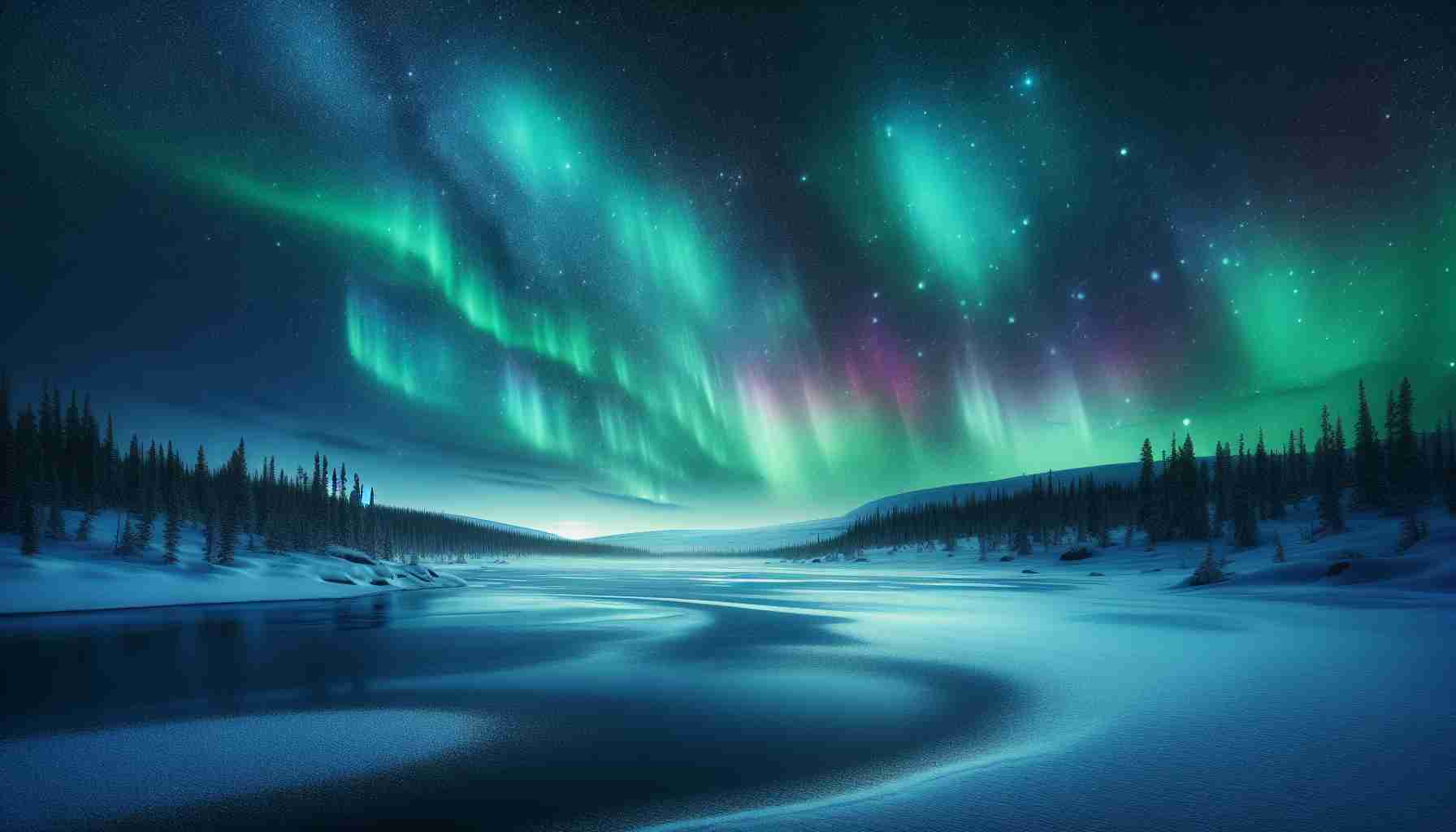The elusive Northern Lights, or Aurora Borealis, captivate travelers with their ethereal glow and vibrant dance across the sky. But where exactly is the best place to experience this natural wonder? With the year-end holiday season approaching, it’s the perfect time to plan a memorable excursion.
The prime location to see the Northern Lights is near the Arctic Circle, where magnetic activity is most concentrated. Tromsø, Norway is heralded as one of the top spots due to its accessibility, mild coastal climate, and long viewing season from September to April. The city offers numerous organized tours that enhance your chances of witnessing this spectacular phenomenon.
Another incredible yet slightly lesser-known destination is Abisko, Sweden, home to the renowned Aurora Sky Station. Abisko boasts clear skies due to its low precipitation levels, enhancing visibility of the lights. The station, located in a remote part of Lapland, provides guided experiences and educational insights into the auroras.
For those seeking a blend of wilderness and comfort, Reykjavik, Iceland serves as a gateway to breathtaking auroral displays. Iceland’s rugged landscapes provide a stunning foreground for witnessing the Northern Lights, often visible just a short drive from the capital.
Lastly, Rovaniemi, Finland, nestled in the heart of Finnish Lapland, offers a winter wonderland experience. Combined with unique Arctic adventures like dog sledding, viewing the Northern Lights here becomes part of a dreamy escape.
Regardless of the location you choose, experiencing the Northern Lights is a bucket-list adventure that promises breathtaking beauty and a profound connection to nature’s wonders. So, start planning your northern escape now!
Discover the Hidden Truths Behind the Northern Lights: What You Might Not Know!
The enchanting Northern Lights, mainly viewed near the Arctic Circle, are more than just a celestial spectacle; they have significant cultural, scientific, and ecological impacts on the regions they illuminate. Beyond their visual splendor, these natural phenomena hold profound meaning and present unique advantages and challenges.
Impact on Communities: For indigenous populations like the Sámi people of Scandinavia, the Northern Lights bear deep cultural significance. They weave legends and myths around the auroras, influencing storytelling traditions and local customs. Moreover, tourism driven by aurora chasers contributes substantially to the economies of Arctic communities, providing jobs and sustaining local businesses.
Scientific Insights and Challenges: The Northern Lights are not merely a tourist attraction; they offer insights into solar and atmospheric conditions. Studying them helps scientists understand space weather and its effects on Earth’s satellite and communication systems. However, increasing human activity threatens to disrupt this natural setting. Light pollution from urban areas and tourism challenges the pristine conditions needed for optimal aurora visibility.
Advantages and Disadvantages: While aurora tourism boosts local economies, it may also strain natural resources and disturb wildlife habitats. Efforts must balance economic benefits with ecological preservation to ensure the long-term health of these regions.
Best Places to Witness the Northern Lights: Aside from Tromsø and Abisko, places like Yukon, Canada, and Svalbard, Norway, also offer stellar viewing opportunities. Where is the best place? It often depends on weather conditions, solar activity, and personal preferences for additional activities.
For more information on planning a trip to these stunning destinations, explore Visit Norway, Visit Finland, and Inspired by Iceland. These resources provide insights into both the natural spectacle and the cultural richness awaiting travelers.







